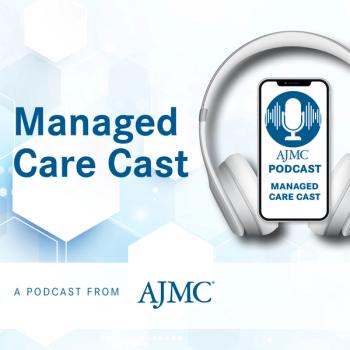
Acute Lymphoblastic Leukemia/Acute Myeloid Leukemia
Latest News
Latest Videos

Podcasts
CME Content
More News

The FDA approved revumenib for relapsed/refractory (R/R) acute myeloid leukemia, offering a new targeted therapy option for patients with NPM1 mutations.
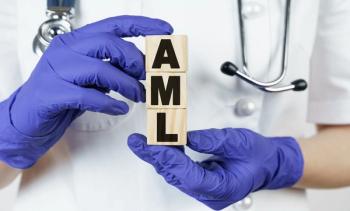
A novel combination therapy enhances the effectiveness of proteasome inhibitors against acute myeloid leukemia (AML), improving survival rates in preclinical models.
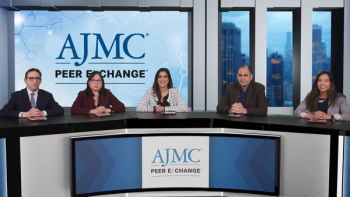
Panelists discuss how venetoclax has revolutionized AML treatment by providing effective therapy options for older patients with previously untreatable disease, enabling higher response rates, longer survival, and increased transplant eligibility while transforming the treatment landscape across all age groups.

Panelists discuss how transplant eligibility has expanded beyond traditional intensive chemotherapy candidates to include patients receiving lower intensity regimens, with earlier transplant consultations and consideration of organ function preservation through less toxic induction approaches.

Panelists discuss how current NCCN guidelines emphasize the importance of treating AML at experienced centers with proper infrastructure, while treatment decisions are based on intensive vs nonintensive therapy eligibility and specific genetic mutations like FLT3, IDH1, and TP53.

Panelists discuss how social determinants of health significantly impact AML care, particularly regarding transportation access, health literacy, and the intensive nature of treatment requiring frequent clinic visits for blood work and transfusions, which disproportionately affects patients living far from treatment centers.

A new drug application for Dasynoc, a lower-dose, bioequivalent formulation of dasatinib, was not approved for patients with chronic myeloid leukemia and acute lymphoblastic leukemia.
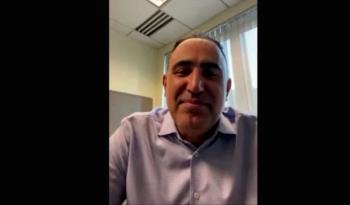
Experts discuss the importance of initiating blinatumomab treatment for acute lymphoid leukemia in academic centers for optimal patient care.

Panelists discuss how the greatest unmet needs include addressing poor outcomes in specific subsets like TP53-mutant disease, managing the increasingly older population with secondary mutations, and ensuring global access to targeted therapies and next-generation sequencing.

Panelists discuss how fitness assessment has evolved beyond traditional age cutoffs to incorporate comprehensive geriatric assessments, frailty measures, and individualized evaluations, while questioning whether intensive therapy should automatically be given to fit patients given newer effective treatment options.

Panelists discuss how current risk stratification systems, particularly the European Leukemia Net 2022 classification for intensive therapy and the 2024 classification for lower intensity treatments, categorize patients based on complex cytogenetics and molecular features to guide prognosis and treatment selection.

Panelists discuss how the pathophysiology of acute myeloid leukemia has evolved from a single phenotype understanding to recognizing diverse genetic events that lead to transformation at the hematopoietic stem cell level, with treatment decisions now increasingly integrated with specific genetic mutations despite the disease’s rapid progression timeline.

High-risk patients who cannot find a matched sibling or matched unrelated donor may achieve a similar benefit from a haploidentical donor.


The evolving treatment landscape for unfit patients with newly diagnosed acute myeloid leukemia (AML) centers on venetoclax combination and personalized strategies.

Patients with acute myeloid leukemia (AML) in remission for over 3 years experience survival rates comparable with a matched cohort from the general population.
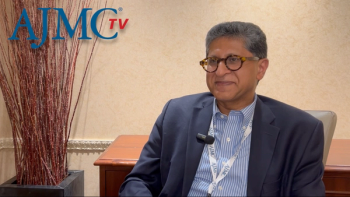
Ravi Vij, MD, MBA, discusses how measurable residual disease (MRD) testing is shaping treatment decisions in hematology and its potential to reduce costs and toxicity.
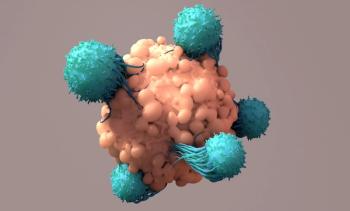
Race, ethnicity, and social factors can influence survival outcomes in adults with relapsed or refractory B-cell acute lymphoblastic leukemia (B-ALL) receiving brexucabtagene autoleucel (brexu-cel).

Brexucabtagene autoleucel shows promising efficacy and safety in treating relapsed B-cell acute lymphoblastic leukemia, including patients with CNS involvement.

Artificial intelligence (AI) and socioeconomic factors enhance risk stratification for patients with acute myeloid leukemia (AML) post transplant, aiming to reduce hospital readmissions and disease progression.

Amir Fathi, MD, leukemia specialist at Massachusetts General Hospital, discusses the importance of advocacy by both patients and their treatment team and key distinct toxicities that require vigilance.
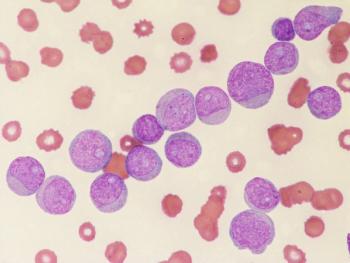
New long-term data highlights the effectiveness and safety of ivosidenib plus azacitidine for treating IDH1-mutated acute myeloid leukemia in vulnerable patients.

Proceeding with hematopoietic stem cell transplantation (HSCT) is more cost-effective than delaying the procedure in patients with intermediate-risk acute myeloid leukemia (AML).

Obecabtagene autoleucel (obe-cel) is shown to be effective and safe for older adults with relapsed/refractory (R/R) B-cell acute lymphoblastic leukemia (ALL), while brexucabtagene autoleucel's (brexu-cel) expansion predicts durable remission.

Amir Fathi, MD, discusses one of the biggest nonfinancial barriers to bispecific therapies: the expertise required to safely administer and manage them.







